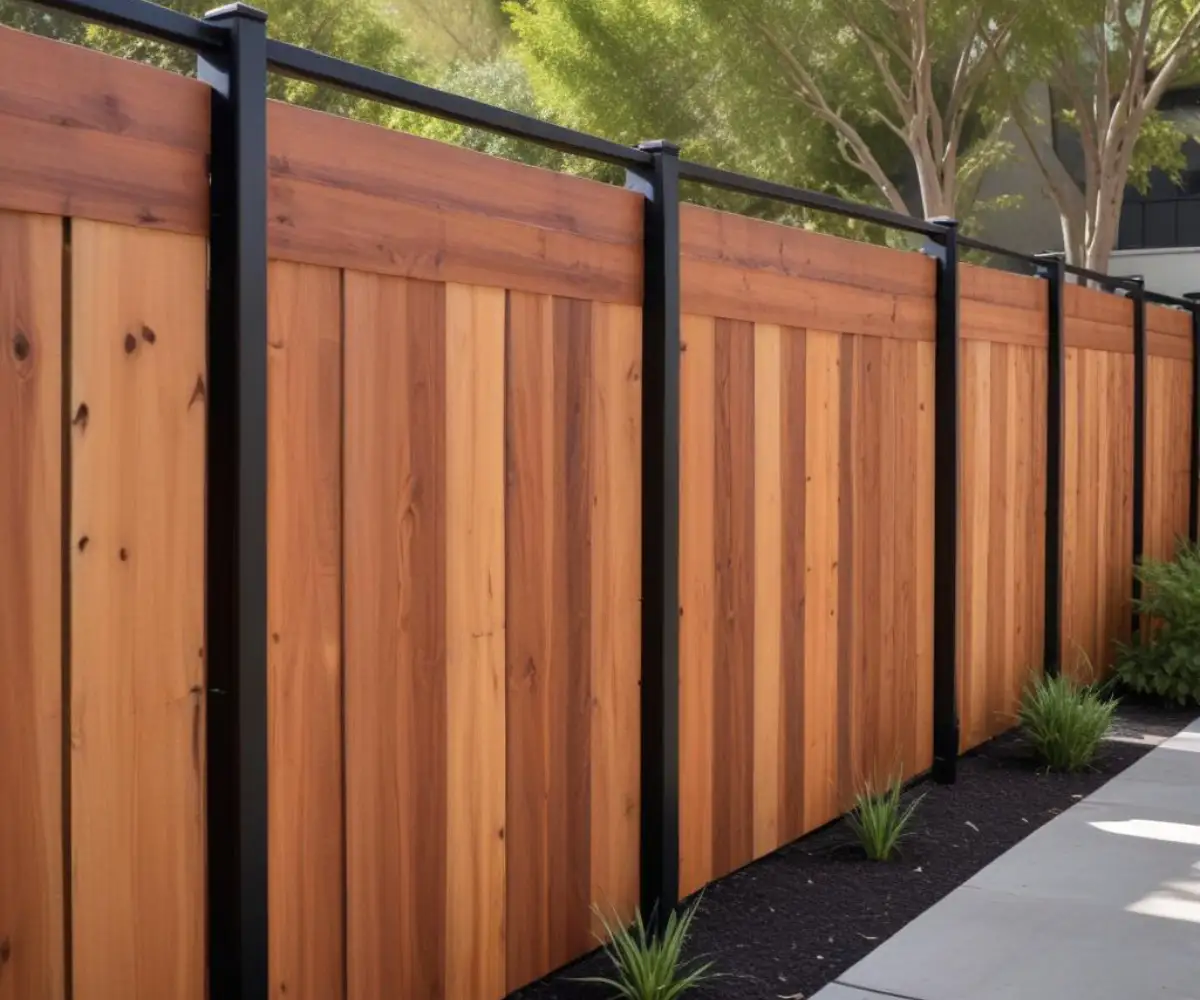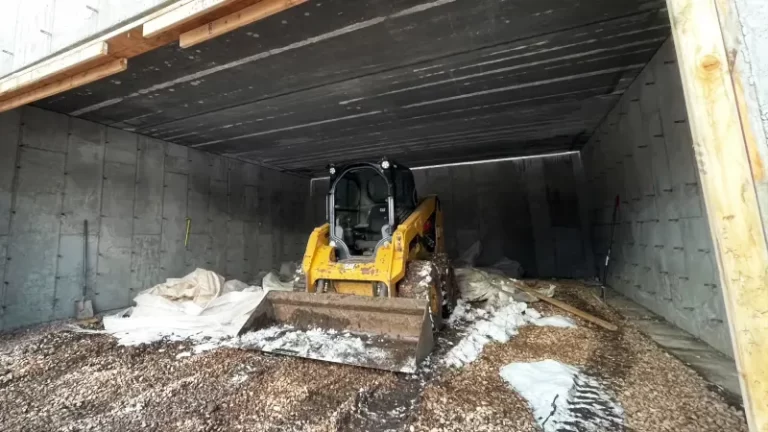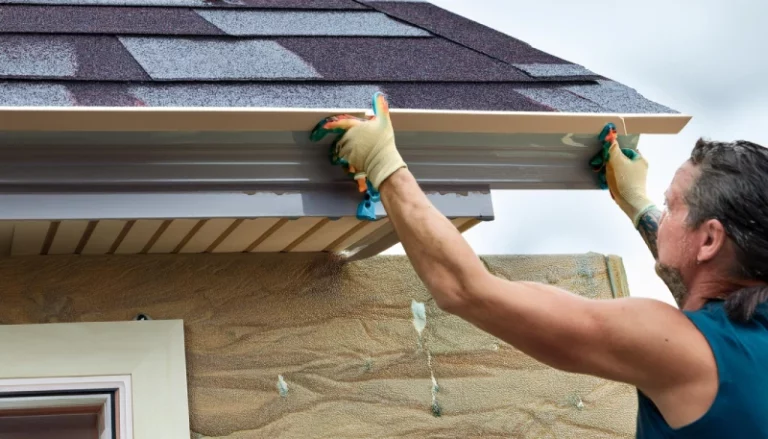Using Deck Boards for a Fence? The Ultimate Guide You Need
You want a new fence. You envision something strong, modern, and built to last—a structure that offers privacy and boosts your home’s curb appeal. As you walk through the lumber aisle, you pass the thin, often-warped fence pickets and then you see them: the thick, solid, perfectly straight deck boards. A question immediately forms: Can you use these for a fence?
The short answer is yes, you absolutely can. But the longer, more important answer is that it’s not a simple one-for-one swap. Using deck boards for a fence is a fantastic way to achieve a high-end, durable result, but it requires a completely different approach to design, structure, and installation. Ignoring these differences is a recipe for a sagging, failing fence down the road.
This guide dives deep into the realities of building a fence with deck boards. We’ll explore the fundamental differences between the materials, the significant benefits, the critical risks you must avoid, and the exact steps to build a deck board fence that will stand strong for years to come.
You'll Learn About
Deck Boards vs. Fence Pickets: A Fundamental Mismatch?
Understanding why deck boards and fence pickets are different is the first step to using them correctly. These materials are engineered for entirely different purposes, loads, and orientations. A deck board is designed to handle “live loads”—people walking, heavy furniture, and snow—across a horizontal plane. A fence picket is meant to be a lightweight, vertical barrier against wind and prying eyes, carrying almost no weight at all.
This difference in purpose dictates their physical characteristics. Deck boards are substantially thicker and heavier to prevent sagging between joists. Fence pickets are milled thinner to save on cost and weight, as their vertical installation gives them inherent rigidity. This distinction is the source of both the greatest advantages and the most significant challenges of a deck board fence.
To truly grasp the difference, consider this direct comparison of the most common options available at a home improvement store.
| Feature | Standard Fence Picket (Cedar or PT Pine) | Standard Deck Board (PT Pine or Cedar) |
|---|---|---|
| Typical Thickness | 5/8″ to 3/4″ | 1″ (also called 5/4 or “five-quarter”) to 1.5″ |
| Typical Width | 3.5″ to 5.5″ | 5.5″ |
| Primary Function | Vertical, non-load-bearing screen | Horizontal, load-bearing surface |
| Weight | Light | Heavy (2-3 times heavier than a picket) |
| Relative Cost | Lower per board | Higher per board and per linear foot |
| Structural Demand | Minimal stress on posts and rails | Significant stress on posts and rails |
The Surprising Benefits of Using Deck Boards for Fencing
Despite the challenges, the reasons for choosing deck boards are compelling. When executed properly, this method yields a fence that is superior in several key areas.
Unmatched Durability and Strength
The most obvious advantage is raw strength. A standard 5/8-inch picket can be flimsy and susceptible to damage from impacts, like a stray baseball or a careless lawnmower. A 1-inch thick deck board, on the other hand, creates a formidable barrier that feels solid and secure, significantly resisting damage and daily wear and tear.
Superior Modern Aesthetics
Deck boards are the material of choice for the popular horizontal fence design. Their uniform width and thickness create the clean, crisp lines that define this modern style. Thinner fence pickets are more prone to warping and sagging when installed horizontally, quickly ruining the sleek look you’re trying to achieve.
Enhanced Longevity
Because deck boards are a premium product intended for heavy use, they are often made from higher-quality wood stock and subjected to more rigorous pressure treatment. This can translate to better resistance against rot, decay, and insect damage over the long term, especially when compared to budget-grade fence pickets.
Warp and Twist Resistance
While no wood is immune to movement, the greater thickness and stability of a deck board make it inherently less likely to cup, twist, or warp than a thin picket. This stability is crucial for maintaining tight, even gaps and a professional appearance over the life of the fence.
Critical Drawbacks and Risks You Can’t Ignore
Building a deck board fence without accounting for its unique properties is a costly mistake. The very characteristics that make deck boards great—their thickness and density—also create the biggest risks.
The Weight Problem: A Structural Overload
This is the single most important factor to understand. A typical 8-foot section of a 6-foot tall picket fence might weigh 100-150 pounds. The same section built with 1-inch deck boards can easily weigh 300-400 pounds. Your standard 4×4 posts and 2×4 rails are simply not designed to support this immense, constant load.
Over time, this weight will cause rails to sag dramatically, pull fasteners loose, and even cause fence posts to lean. A structurally underbuilt deck board fence is a failing fence. The entire support structure must be over-engineered from the ground up to handle this load safely and permanently.
The Cost Factor
There’s no getting around it: this is a premium fence. Deck boards are significantly more expensive than fence pickets on a board-for-board basis. When you factor in the necessary structural upgrades—larger posts, stronger rails, and more concrete—the total project cost can be double or even triple that of a standard picket fence.
Expansion, Contraction, and Airflow
A wider board will expand and contract more with changes in humidity than a narrow one. Failing to leave adequate gaps between horizontal deck boards can cause them to buckle and warp during wet seasons. Furthermore, a solid wall of wide boards can dramatically reduce airflow in your yard. This can create damp microclimates that encourage mold and mildew growth on the fence and surrounding plants, and it can turn a breezy patio into a stagnant, hot space.

How to Build a Fence with Deck Boards: The Right Way
Success lies in treating this project not as a simple fence build, but as a form of vertical deck construction. Every step must be planned and executed with the material’s weight and strength in mind.
Step 1: Planning and Design are Non-Negotiable
Before you dig a single hole, you must have a solid plan. Decide on the orientation of your boards—horizontal is most common for this style. Carefully calculate your material needs, factoring in the wider boards and potentially shorter spans between posts.
Most importantly, check your local building codes and HOA regulations. Some jurisdictions have specific requirements for fence height, post depth, and footing size, and a heavy-duty fence like this may draw more scrutiny.
Step 2: The Foundation: Overbuilding Your Posts and Frame
This is where you guarantee the long-term stability of your fence. Do not compromise on the support structure.
Upgrade Your Posts: Standard 4×4 posts are not sufficient for a heavy deck board fence. Use 6×6 posts as a minimum requirement. This provides the necessary strength to resist leaning under the heavy load.
Go Deeper with Concrete: Your post holes must be deeper and wider than for a standard fence. A good rule of thumb is to bury at least one-third of the post’s total length. For an 8-foot post (creating a 6-foot high fence), this means a 32-inch deep hole. Use a generous amount of concrete for each footing to create a solid, immovable anchor.
Shorten Spans and Strengthen Rails: An 8-foot span is standard for picket fences but can be too long for the weight of deck boards. Reduce the span between your posts to 6 feet or less. This dramatically reduces the potential for rails to sag. Additionally, use 2x6s for your horizontal rails instead of 2x4s, especially for a horizontal fence design where the rails support the full weight of the infill.
Step 3: Selecting the Right Deck Boards
You have a few excellent material choices, each with its own pros and cons:
Pressure-Treated (PT) Pine: This is the most cost-effective option. It’s durable and widely available. Look for boards rated for “Ground Contact” as they contain more preservatives and offer better protection against rot, even though they won’t be touching the ground.
Cedar or Redwood: These woods are naturally resistant to rot and insects and offer a beautiful, rich color. They are lighter than PT pine but also more expensive and softer, making them more prone to dings and scratches.
Composite Decking: For a low-maintenance option, composite boards are a great choice. They won’t rot, warp, or splinter and never need staining. However, they are the heaviest and most expensive option, and they have very specific fastening requirements that must be followed precisely to prevent heat-related expansion issues.
Step 4: Installation – Precision is Paramount
The weight and cost of the materials demand a careful, precise installation. Rushing this stage will lead to poor results.
Use Screws, Not Nails: Nails will pull out under the weight and from the natural movement of the wood. Use high-quality exterior-grade deck screws. Stainless steel or ceramic-coated screws are the best choice as they will not rust and stain your wood. Ensure your screws are long enough to penetrate at least 1.5 inches into the support rails or posts.
Mind the Gap: Wood needs room to expand and contract. For horizontal fences, use a consistent spacer—a 16d nail or a small piece of scrap wood—to maintain a gap of about 1/8 to 1/4 inch between boards. This prevents buckling and allows for critical airflow.
Start at the Bottom and Keep it Level: When installing horizontally, secure the bottom board first, ensuring it is perfectly level. Every subsequent board will reference the one below it. Check for level every three to four boards to correct any minor drift.
Finishing and Long-Term Maintenance for Your Deck Board Fence
Protecting your investment is the final, crucial step. Proper finishing and regular maintenance will ensure your fence looks great for decades.
To Stain or Not to Stain
If you’ve used pressure-treated pine, you must wait for the wood to dry out completely before applying a stain or sealant. This can take anywhere from a few weeks to a few months. Applying a finish too soon will trap moisture inside the wood. A good quality, UV-protecting stain will prevent the wood from turning gray and will repel water, which is the primary cause of decay.
Cleaning and Annual Inspection
At least once a year, give the fence a gentle cleaning with a pressure washer on a low setting or a garden hose and a soft brush to remove dirt, mildew, and grime. During this time, inspect the structure for any loose screws, cracked boards, or signs of post movement, and address these minor issues before they become major problems.
A solid, well-built fence can sometimes be an attractive nesting spot for certain pests. Keeping the fence line clear of debris can help, but if you notice issues like wasps building nests in the gaps or corners, it’s important to handle them quickly. Understanding how to deter these flying pests can keep your outdoor space comfortable. Additionally, proper drainage at the base is key; if your fence design inadvertently channels water, you may need a solution similar to those used when you need to creatively hide landscape piping, ensuring water doesn’t pool at the post bases.
Is a Deck Board Fence Right for Your Project?
So, should you use deck boards for your next fence? The answer depends on your priorities and your budget.
This is an excellent choice if:
- Durability and strength are your top priorities.
- You desire the clean, robust look of a modern horizontal fence.
- You are prepared for a higher budget and a more labor-intensive installation process.
This may not be the best choice if:
- You are on a tight budget.
- You need to build a fence as quickly and simply as possible.
- Your project doesn’t require the massive structural strength this build provides. For some applications, knowing when a structure needs extra reinforcement, such as deciding whether you should fill a PVC pipe with concrete for support, can inform your approach to other structural decisions around the yard.
Building a fence with deck boards is a project that rewards careful planning and meticulous execution. By acknowledging the challenges of weight and cost and committing to a properly over-engineered support structure, you can create a stunningly beautiful, incredibly durable fence that will truly stand the test of time and become a valuable addition to your property.


